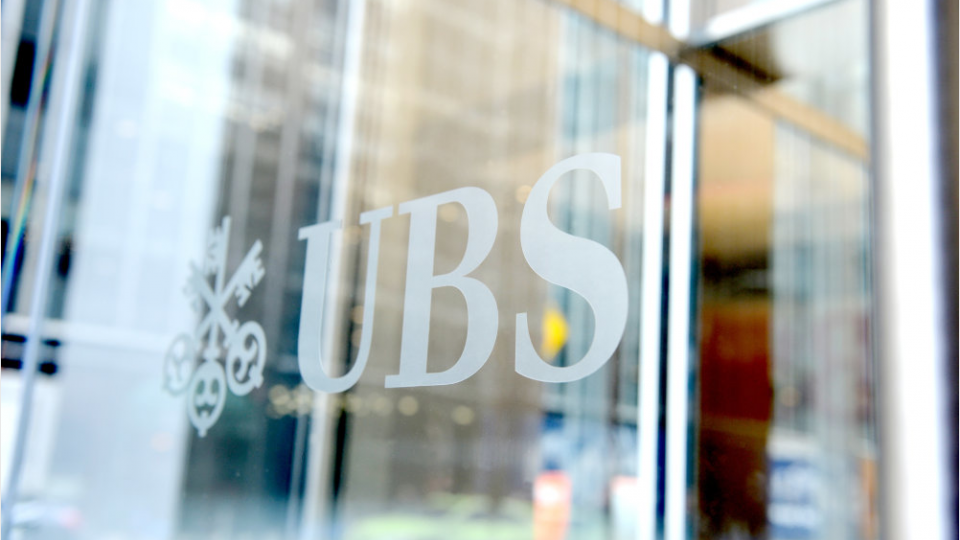
EM corporate bonds deserve in-depth consideration in a diversified asset allocation portfolio, but there are still many misconceptions about the asset class, UBS Asset Mangement’s experts say in the paper ‘Top three myths in EM corporate bonds debunked.’
Myth 1: EM corporate bonds are a “niche” asset class
While this may have been true 10 years ago, the current reality is far from it. In the period between 2009 and 2019, the amount of outstanding EM corporate bonds grew by an astounding 294%, surpassed only by the growth in locally denominated EM corporates. Today, USD-denominated EM corporate bonds are a USD 2.5 trillion asset class: twice the size of the US high yield (HY) market and twice the size of the EM USD sovereign bond market.
The asset class has grown to be the same size as the European investment grade (IG) market. The sheer size of the EM corporate bond market can hardly be characterized as “niche”. Additionally, the asset class has amongst its ranks some of the largest and most recognized companies in the world issuing bonds. These include Industrial and Commercial Bank of China (ICBC), the largest bank in the world by assets with an asset base of USD 4.3 trillion, almost twice that of JP Morgan Chase, and Saudi ARAMCO, the largest oil producer in the world. Indeed, Baidu, Alibaba and Tencent, the internet behemoths, as well as Teva Pharmaceuticals, the largest manufacturer of generic drugs in the world all issue bonds in this market.
Myth 2: EM corporates are riskier than EM sovereigns
Empirical data suggests the opposite is in fact the case. Investors in USD denominated EM bonds are subject to two main sources of risk: credit (spread risk) and duration (interest rate risk). In terms of interest rate risk, EM sovereigns tend to have more developed curves and tend to issue longer-dated bonds compared to their corporate counterparts. The JPM EMBI Global Diversified Index, a proxy for USD-denominated EM sovereigns has duration of 8.3 years, over three years longer than its corporate equivalent, the JPM CEMBI Diversified Index with duration of 5.1 years. Simply put, all other things being equal, an investment of 1000 US dollars in EM sovereigns could lose 83 US dollars of its value if interest rates rise by 1%, compared to just 51 US dollars for an investor in EM corporates. Further, over the past decade EM corporates have demonstrated remarkable resilience in times of crises.
Myth 3: An EM corporate issuer is only as good as the country it is domiciled in
This is only partly true. Several factors go into determining how much a corporate issuer can deviate from its underlying sovereign. For instance, according to Fitch Ratings, factors such as how much of company’s external EBITDA comes from foreign versus local sources, how strategically important the company is to the country and how it is legally set up all play a role in determining whether it is subject to a “country constraint”.
For instance, FEMSA – a beverage and retail company, and America Movil – a telecommunications operator are both domiciled in Mexico. Due to the highly diversified nature of their businesses and global footprint, the respective long-term credit ratings of these issuers is “A” and “A-“ respectively, compared to Mexico’s sovereign rating of “BBB-“. Said differently, these issuers have been deemed to be of significantly higher creditworthiness than the countries they are domiciled in.
Here you'll find the full report ‘Top three myths in EM corporate bonds debunked’ from UBS Asset Management.